Home>Gardening & Outdoor>Landscaping Ideas>What Causes Brown Spots On Lawns
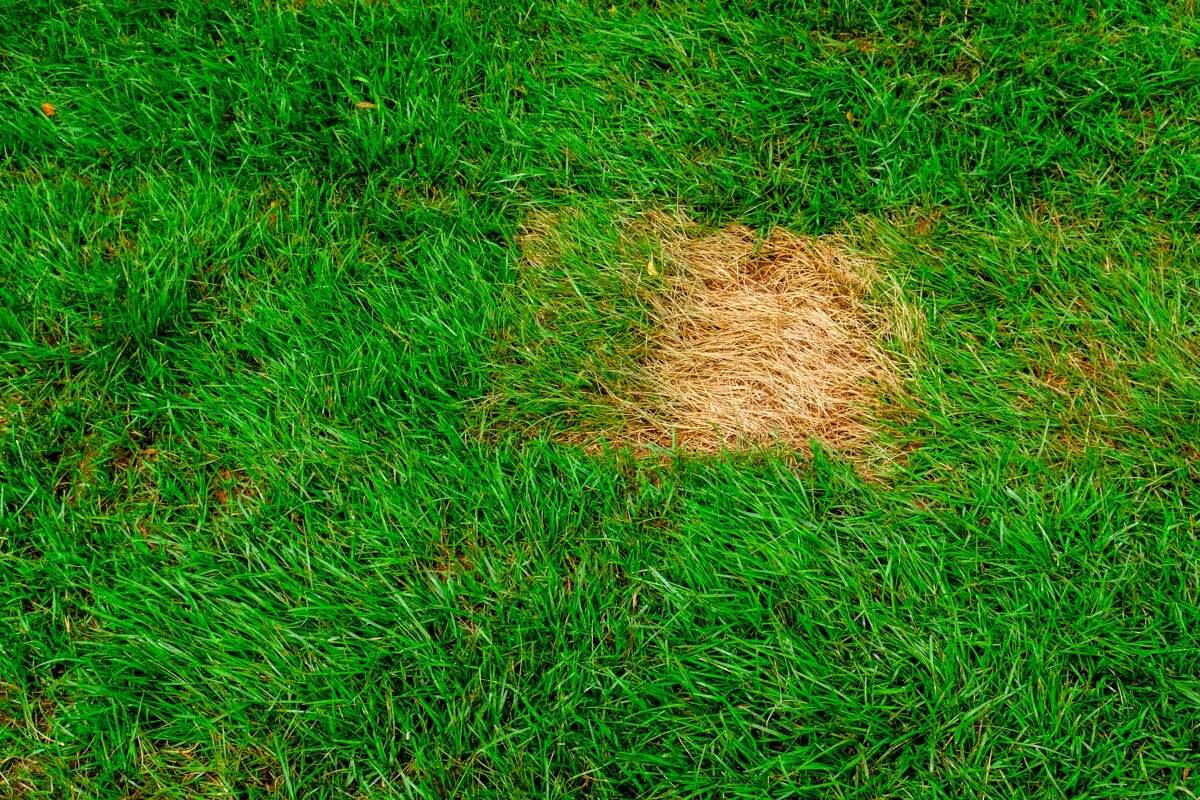

Landscaping Ideas
What Causes Brown Spots On Lawns
Published: December 25, 2023
Discover the common causes of brown spots on lawns and learn effective landscaping ideas to prevent and treat them. Keep your lawn healthy and vibrant with our expert tips.
(Many of the links in this article redirect to a specific reviewed product. Your purchase of these products through affiliate links helps to generate commission for Storables.com, at no extra cost. Learn more)
**
Introduction
**
Having a lush, green lawn can significantly enhance the beauty of your outdoor space. However, the presence of brown spots can be a cause for concern for any homeowner or gardener. These unsightly patches not only detract from the overall aesthetic appeal of the lawn but also indicate underlying issues that need to be addressed.
In this comprehensive guide, we will delve into the various factors that can lead to the development of brown spots on lawns. By understanding the potential causes, you will be better equipped to identify and rectify the issues, ultimately restoring your lawn to its vibrant and healthy state.
Let's explore the common culprits behind brown spots on lawns and gain valuable insights into effective solutions to combat this common problem.
**
Key Takeaways:
- Overwatering and underwatering, along with environmental factors, pet urine, chemical spills, fungal diseases, and insect infestations, can cause brown spots on lawns. Proper watering and proactive measures are essential for a healthy, vibrant lawn.
- Identifying and addressing the causes of brown spots, such as overwatering, underwatering, and environmental stressors, is crucial for restoring the health and beauty of lawns. Implementing targeted solutions and proactive care practices can protect the grass from unsightly discoloration.
Read more: What Causes Brown Spots In Bermuda Grass
Overwatering
**
One of the most prevalent causes of brown spots on lawns is overwatering. While water is essential for the health of your grass, excessive irrigation can lead to detrimental consequences. When lawns are watered too frequently or for extended periods, the soil becomes waterlogged, suffocating the roots and impeding their ability to absorb essential nutrients.
Overwatering also creates an environment conducive to the growth of fungi, such as mold and mildew, which can further compromise the health of the grass. Additionally, the excessive moisture can attract pests and insects that thrive in damp conditions, exacerbating the issue.
To determine if overwatering is the culprit behind the brown spots on your lawn, consider the following indicators:
- Soggy Soil: Excessively wet soil, especially when not attributed to recent rainfall, is a telltale sign of overwatering.
- Foul Odor: A musty or unpleasant smell emanating from the lawn may indicate water stagnation and the onset of fungal growth.
- Yellowing Grass: In conjunction with brown spots, the presence of yellowing or wilting grass can signal overwatering.
To remedy the issue of overwatering, it is crucial to reassess your watering schedule and practices. Aim to water your lawn deeply but infrequently, allowing the soil to dry out slightly between watering sessions. Additionally, inspect your irrigation system for any malfunctions or leaks that may be contributing to excessive moisture accumulation.
By addressing the problem of overwatering and implementing appropriate watering techniques, you can rejuvenate your lawn and prevent the recurrence of brown spots, fostering a thriving and verdant outdoor landscape.
**
Underwatering
**
While overwatering can lead to brown spots on lawns, the opposite end of the spectrum, underwatering, also poses a significant threat to the health of your grass. Inadequate moisture levels can result in parched, brown patches that detract from the overall vibrancy of the lawn.
When lawns are not provided with a sufficient amount of water, the grass becomes stressed and is unable to maintain its lush green hue. Underwatering is particularly common during periods of intense heat or drought, as the demand for water increases while natural water sources become scarce.
Recognizing the signs of underwatering is crucial in addressing the issue effectively. Some key indicators to look out for include:
- Wilting Grass: The grass may appear limp, with blades folding in an attempt to conserve moisture.
- Dry, Cracked Soil: Inadequately watered lawns often exhibit dry, compacted soil with visible cracks.
- Slow Growth: Underwatered grass may exhibit stunted growth and struggle to recover after mowing.
To mitigate the effects of underwatering and prevent the formation of brown spots, it is essential to establish a consistent and adequate watering regimen. Monitor weather conditions and adjust your watering schedule accordingly, ensuring that the grass receives the moisture it requires to thrive.
Consider investing in a sprinkler system or soaker hoses to efficiently deliver water to your lawn, promoting even coverage and optimal absorption. Additionally, applying a layer of mulch can help retain soil moisture and reduce water evaporation, aiding in the maintenance of healthy, green grass.
By addressing the issue of underwatering and implementing appropriate hydration practices, you can revitalize your lawn and foster a lush, verdant expanse that enhances the visual appeal of your outdoor space.
**
Fungal Diseases
**
Fungal diseases pose a significant threat to the health and vitality of lawns, often manifesting as unsightly brown spots that detract from the lush green expanse. These diseases thrive in environments characterized by excessive moisture, poor air circulation, and high humidity, making lawns susceptible to their detrimental effects, particularly during periods of warm, wet weather.
Several common fungal diseases can contribute to the development of brown spots on lawns, including:
- Dollar Spot: This fungal disease presents as small, silver dollar-sized brown spots with bleached centers, giving rise to its name. It is prevalent in lawns with inadequate nitrogen levels and often emerges during periods of high humidity and moisture.
- Brown Patch: Characterized by circular, brownish patches ranging from a few inches to several feet in diameter, brown patch disease thrives in humid conditions and can rapidly spread throughout the lawn, causing extensive damage.
- Fusarium Patch: This disease manifests as irregularly shaped brown patches with a distinctive reddish hue at the outer edges. Fusarium patch is particularly prevalent in lawns with excessive thatch and in areas with poor drainage.
To identify the presence of fungal diseases, it is essential to inspect the affected areas for characteristic patterns and discoloration. Additionally, the presence of fungal growth, such as mold or mildew, may be evident, signaling the need for prompt intervention.
Implementing cultural practices to mitigate the risk of fungal diseases is crucial in preserving the health of your lawn. Adequately fertilize the grass to promote robust growth and resilience, and ensure proper aeration to enhance air circulation and reduce moisture retention. Additionally, avoid excessive nitrogen applications, as this can exacerbate certain fungal infections.
Applying fungicides specifically formulated to target the identified fungal diseases can aid in controlling their spread and minimizing their impact on the lawn. It is advisable to consult with a professional to determine the most effective and appropriate fungicidal treatment for your specific situation.
By addressing the threat of fungal diseases and implementing proactive measures to safeguard the health of your lawn, you can effectively combat brown spots and nurture a thriving, visually appealing landscape.
**
Insect Infestation
**
Insect infestations can wreak havoc on lawns, leading to the emergence of brown spots and compromising the overall health and aesthetic appeal of the grass. Various pests and insects can inflict damage upon the turf, causing localized discoloration and deterioration that detracts from the lush, green expanse.
Some common culprits of insect-induced brown spots on lawns include:
- Grubs: These voracious larvae of beetles feed on grassroots, leading to the development of brown, wilting patches as they consume the vital plant structures. Grub infestations are often characterized by irregularly shaped areas of damaged grass.
- Chinch Bugs: These tiny, sap-sucking insects can cause extensive damage to lawns, resulting in the formation of brown, sunken patches. Chinch bug infestations are particularly prevalent in hot, dry conditions and can rapidly spread throughout the grass.
- Sod Webworms: The larvae of sod webworm moths feed on grass blades and can induce the formation of brown spots and thinning areas in lawns, compromising the overall density and vibrancy of the turf.
Identifying the presence of insect infestations is crucial in implementing targeted pest control measures to mitigate their impact. Signs of insect-induced brown spots may include the presence of the insects themselves, visible damage to the grass blades, and localized areas of discoloration and thinning.
Implementing integrated pest management strategies can aid in addressing insect infestations while minimizing the use of chemical interventions. This approach may involve the introduction of natural predators, such as beneficial nematodes, to combat pests, as well as the application of targeted insecticides to control infestations effectively.
Additionally, fostering a healthy and resilient lawn through proper fertilization, aeration, and watering practices can bolster the grass’s ability to withstand and recover from insect damage, reducing the likelihood of brown spots and promoting overall turf vigor.
By addressing the issue of insect infestation and implementing proactive pest management strategies, you can protect your lawn from the detrimental effects of pests and preserve its lush, green appearance.
**
Brown spots on lawns can be caused by various factors such as overwatering, underwatering, fungal diseases, or pet urine. To prevent brown spots, make sure to water your lawn evenly, mow at the correct height, and treat any fungal issues promptly.
Read more: What Is Dollar Spot In Lawns
Chemical Spills
**
Chemical spills on lawns can have detrimental effects, often resulting in the development of brown spots and widespread damage to the grass. These spills can occur due to the accidental leakage or mishandling of various substances, including herbicides, pesticides, fertilizers, and other household chemicals.
When a chemical spill occurs, the immediate area of contact may exhibit pronounced discoloration and deterioration, giving rise to unsightly brown spots that detract from the overall aesthetic appeal of the lawn. Additionally, the toxic nature of certain chemicals can impede the grass’s ability to thrive and recover, exacerbating the impact of the spill.
Recognizing the signs of a chemical spill and its effects on the lawn is crucial in implementing prompt remediation measures. Key indicators of a chemical spill may include:
- Localized Discoloration: The affected area may exhibit pronounced browning, wilting, or discoloration, often in irregular patterns corresponding to the spill’s distribution.
- Stunted Growth: Grass in the vicinity of the spill may exhibit inhibited growth and struggle to recover, further emphasizing the impact of the chemical exposure.
- Unusual Odors: Certain chemicals may emit distinct odors, signaling their presence and potential impact on the grass.
In the event of a chemical spill, it is imperative to take immediate action to mitigate its effects and prevent further damage to the lawn. Diluting the affected area with copious amounts of water can aid in dispersing the chemical and minimizing its concentration, reducing the risk of extensive damage.
Seeking professional assistance to assess the extent of the spill and its impact on the grass is advisable, as specialized remediation measures may be required to restore the affected area. Additionally, exercising caution and employing proper handling practices when utilizing chemicals can help prevent future spills and safeguard the health of your lawn.
By addressing the issue of chemical spills and implementing proactive measures to remediate their impact, you can protect your lawn from extensive damage and preserve its lush, green appearance, fostering a vibrant outdoor landscape.
**
Pet Urine
**
For pet owners, the presence of brown spots on lawns can often be attributed to a common yet frequently overlooked culprit: pet urine. The nitrogen-rich nature of pet urine, particularly that of dogs, can lead to localized discoloration and the development of brown spots, detracting from the overall aesthetic appeal of the grass.
When pets urinate on the lawn, the concentrated nitrogen content can scorch the grass, resulting in unsightly brown patches that are often circular in shape and well-defined. Additionally, the alkaline nature of urine can further exacerbate the detrimental effects, contributing to the grass’s inability to recover and thrive.
Recognizing the signs of pet urine damage is crucial in addressing the issue effectively. Key indicators of pet urine-induced brown spots may include:
- Circular Discoloration: The affected areas may exhibit distinct circular patterns of brown, with well-defined edges corresponding to the urine distribution.
- Excessive Nitrogen: Grass that has been exposed to pet urine may exhibit an overabundance of nitrogen, leading to pronounced discoloration and scorching.
- Altered Soil pH: The alkaline nature of pet urine can impact the soil pH, further compromising the grass’s ability to thrive in affected areas.
To mitigate the effects of pet urine on the lawn, proactive measures can be implemented to minimize the impact and promote recovery. Encouraging pets to drink ample water can help dilute the nitrogen concentration in their urine, reducing the likelihood of extensive damage to the grass.
Rinsing the affected areas with water immediately after pet urination can aid in dispersing the urine and mitigating its impact on the grass. Additionally, incorporating gypsum or other soil amendments can help neutralize the alkaline effects of pet urine, fostering a more hospitable environment for the grass to recover.
By addressing the issue of pet urine damage and implementing proactive measures to minimize its impact, you can protect your lawn from unsightly brown spots and preserve its lush, green appearance, fostering a vibrant outdoor landscape that accommodates your furry companions.
**
Environmental Factors
**
Environmental factors can significantly influence the health and appearance of lawns, often contributing to the development of brown spots that detract from the overall vibrancy of the grass. Various elements, ranging from climatic conditions to soil composition, can exert a profound impact on the resilience and vitality of the turf, necessitating proactive measures to address their effects.
Some common environmental factors that can lead to the emergence of brown spots on lawns include:
- Excessive Heat: Prolonged exposure to intense heat and sunlight can induce stress in the grass, leading to localized discoloration and the formation of brown spots in areas that are particularly susceptible to heat stress.
- Soil Compaction: Compacted soil can impede the grass’s root development and inhibit water and nutrient absorption, resulting in the manifestation of brown spots and diminished overall turf health.
- pH Imbalance: Soil pH plays a crucial role in the grass’s ability to access essential nutrients. An imbalance in soil pH can lead to nutrient deficiencies and subsequent brown spots on the lawn.
Identifying the influence of environmental factors on the lawn is essential in implementing targeted measures to mitigate their impact and promote the grass’s recovery. Regular soil testing can provide valuable insights into the soil composition and pH levels, facilitating informed adjustments to optimize nutrient availability and balance.
Implementing proper lawn care practices, such as core aeration to alleviate soil compaction and improve air and water penetration, can aid in bolstering the grass’s resilience and mitigating the effects of environmental stressors. Additionally, providing adequate shade and implementing appropriate watering practices during periods of intense heat can help minimize the risk of brown spot development.
By addressing the influence of environmental factors and implementing proactive measures to optimize the lawn’s growing conditions, you can protect your grass from the detrimental effects of environmental stressors and foster a lush, vibrant expanse that enhances the visual appeal of your outdoor space.
**
Conclusion
**
The presence of brown spots on lawns can be indicative of various underlying issues, ranging from overwatering and underwatering to the influence of environmental factors and the impact of pet urine and chemical spills. By understanding the potential causes of brown spots and their effects on the grass, homeowners and gardeners can take proactive measures to address these issues effectively and restore the health and vibrancy of their lawns.
Implementing proper watering practices, including deep, infrequent watering to mitigate the risk of overwatering and ensuring adequate hydration to prevent underwatering, is crucial in fostering a resilient and thriving lawn. Additionally, addressing the influence of environmental factors, such as soil compaction and pH imbalance, can aid in optimizing the grass’s growing conditions and minimizing the risk of brown spot development.
Furthermore, recognizing and mitigating the impact of pet urine, chemical spills, fungal diseases, and insect infestations are essential in preserving the overall health and aesthetic appeal of the lawn. By implementing targeted remediation measures and proactive lawn care practices, homeowners can protect their grass from unsightly brown spots and promote its revitalization.
Ultimately, fostering a lush, green lawn involves a holistic approach that encompasses proper watering, soil management, pest control, and proactive maintenance. By addressing the potential causes of brown spots and implementing effective solutions, homeowners and gardeners can cultivate a thriving outdoor landscape that enhances the beauty of their surroundings and provides a welcoming environment for leisure and relaxation.
With a comprehensive understanding of the factors contributing to brown spots on lawns and a commitment to proactive lawn care, homeowners can enjoy a verdant and visually appealing outdoor space that serves as a source of pride and enjoyment for years to come.
Frequently Asked Questions about What Causes Brown Spots On Lawns
Was this page helpful?
At Storables.com, we guarantee accurate and reliable information. Our content, validated by Expert Board Contributors, is crafted following stringent Editorial Policies. We're committed to providing you with well-researched, expert-backed insights for all your informational needs.
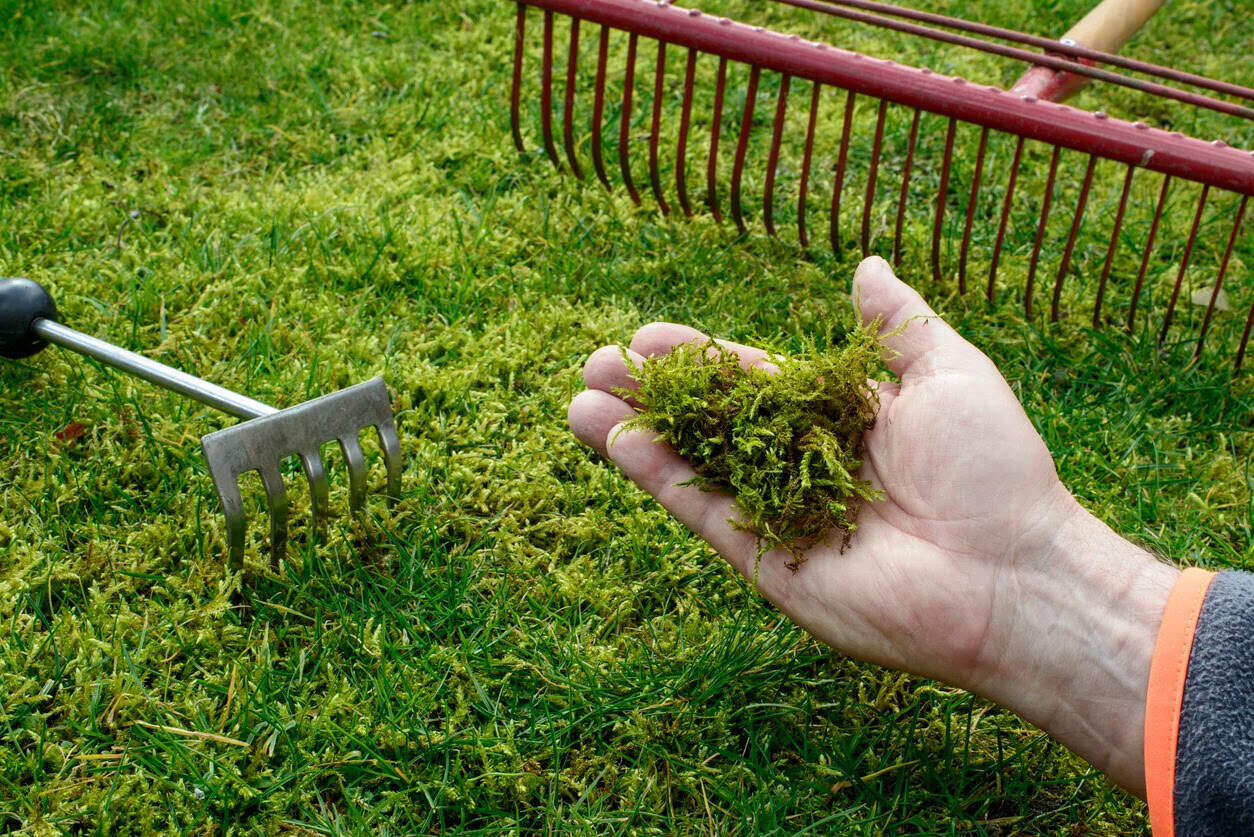
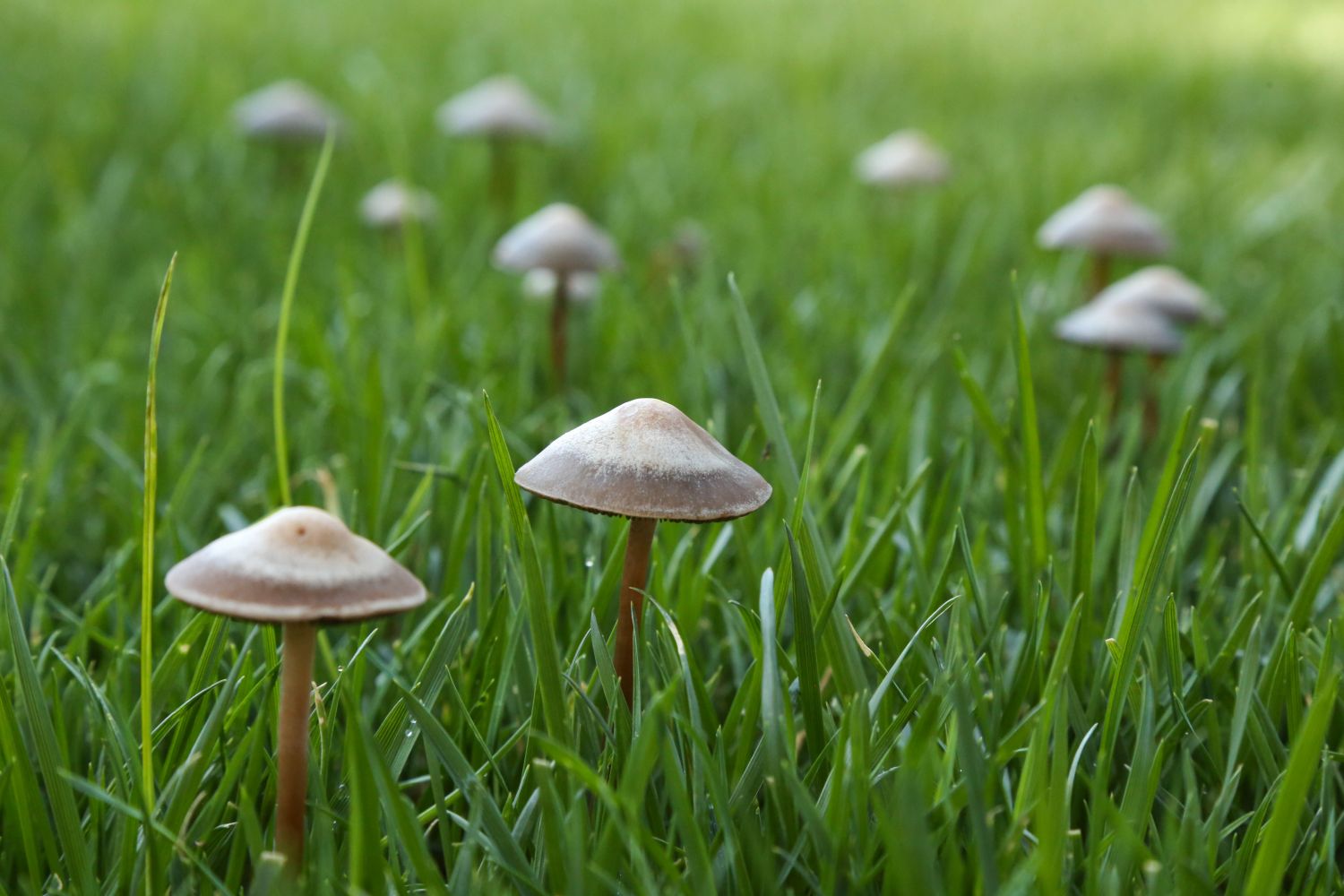
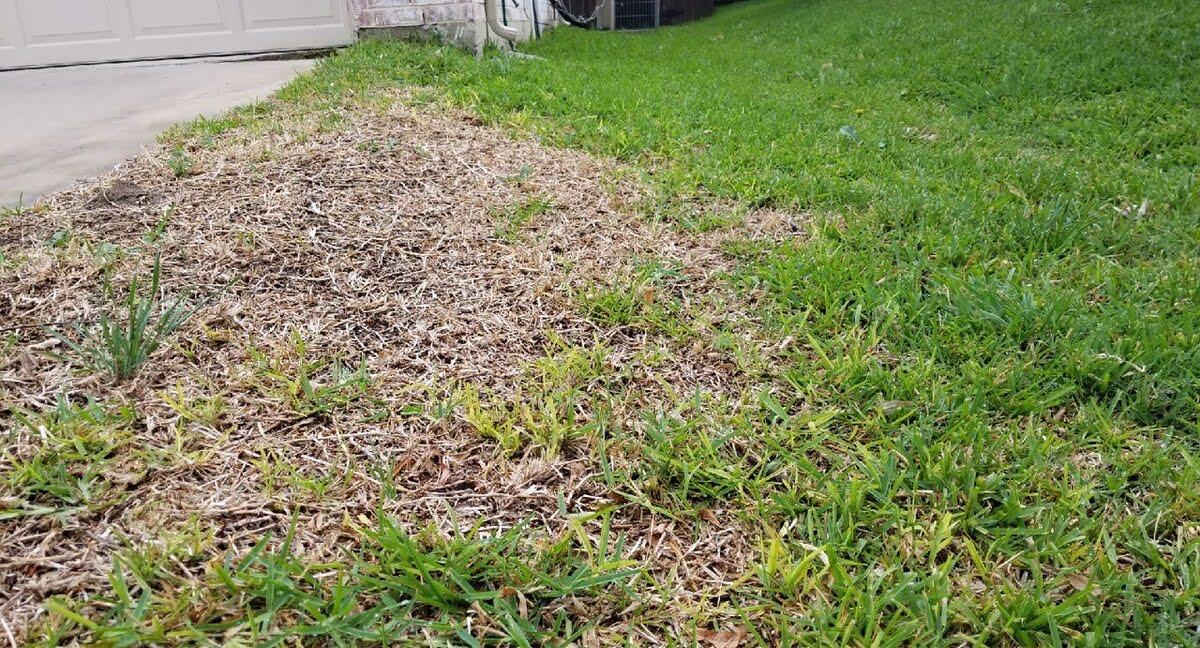
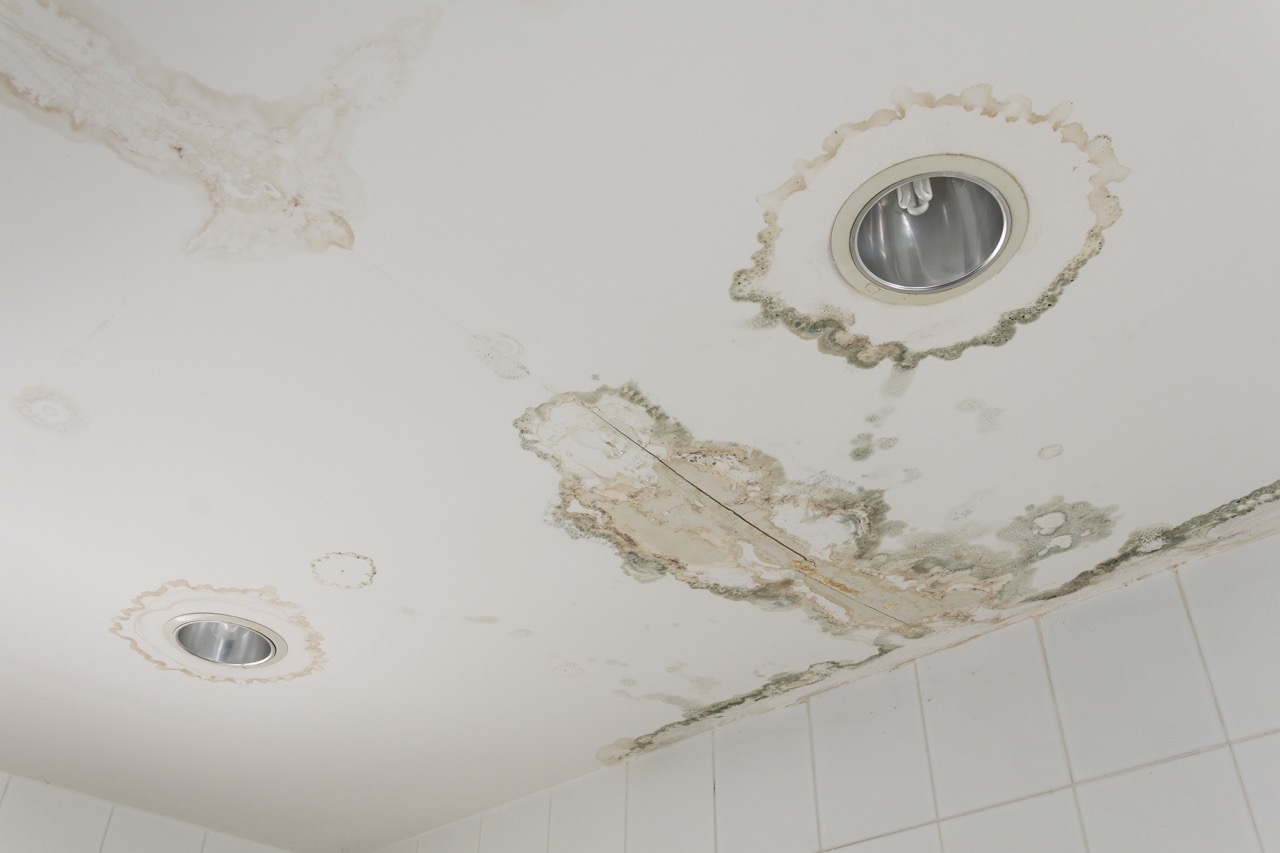
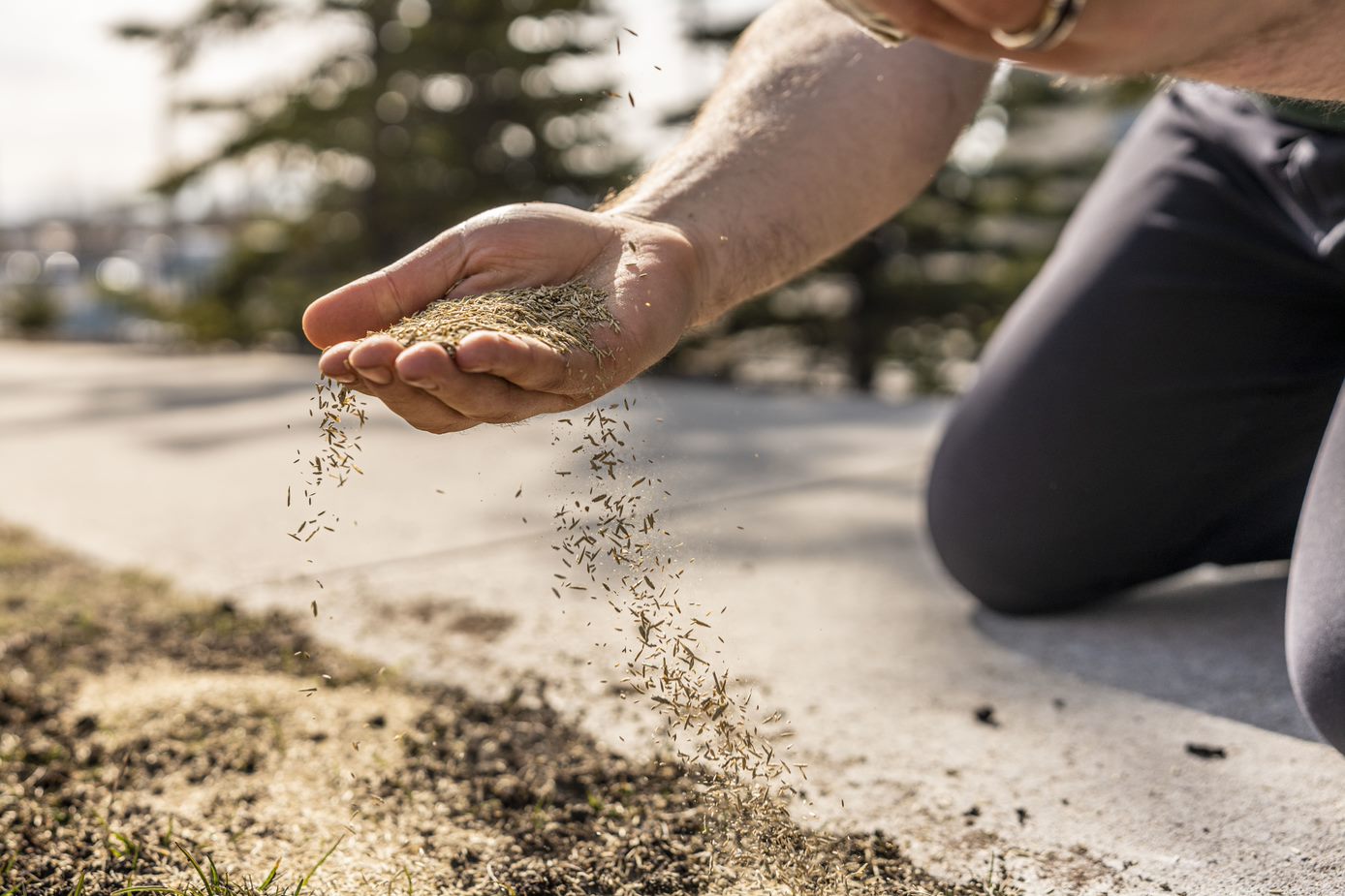
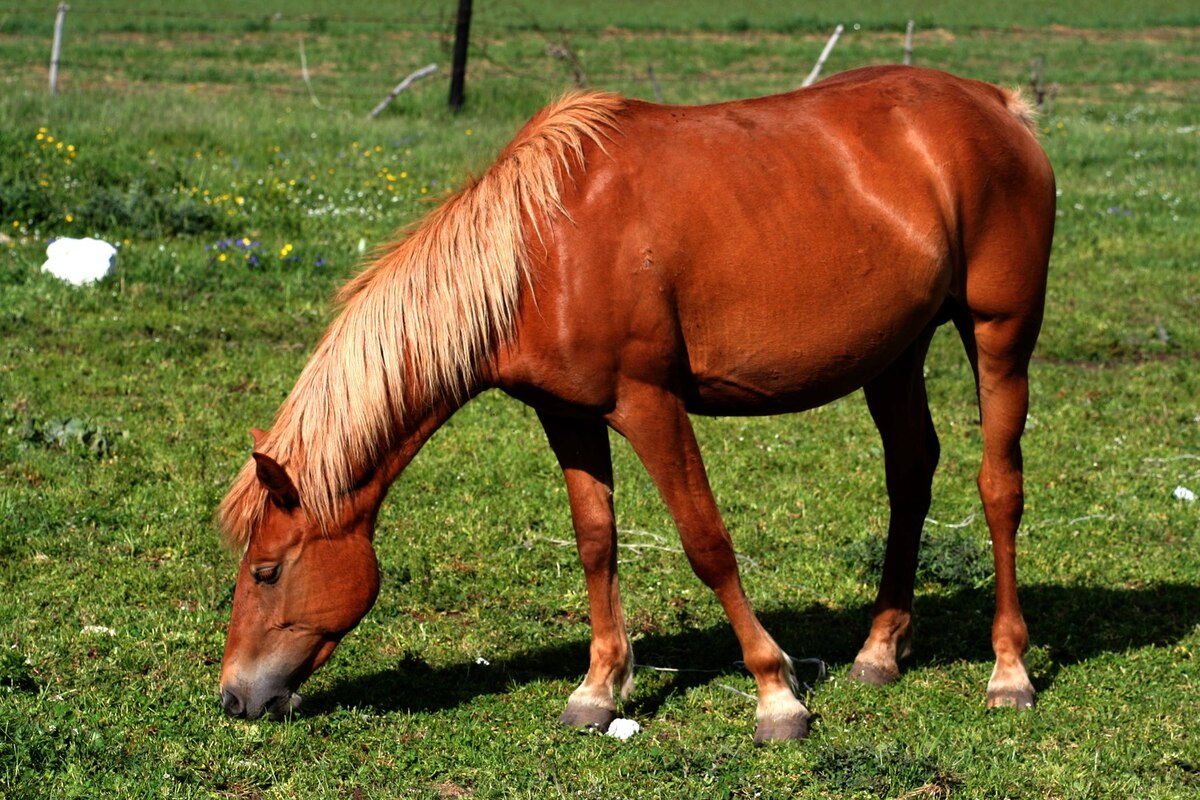


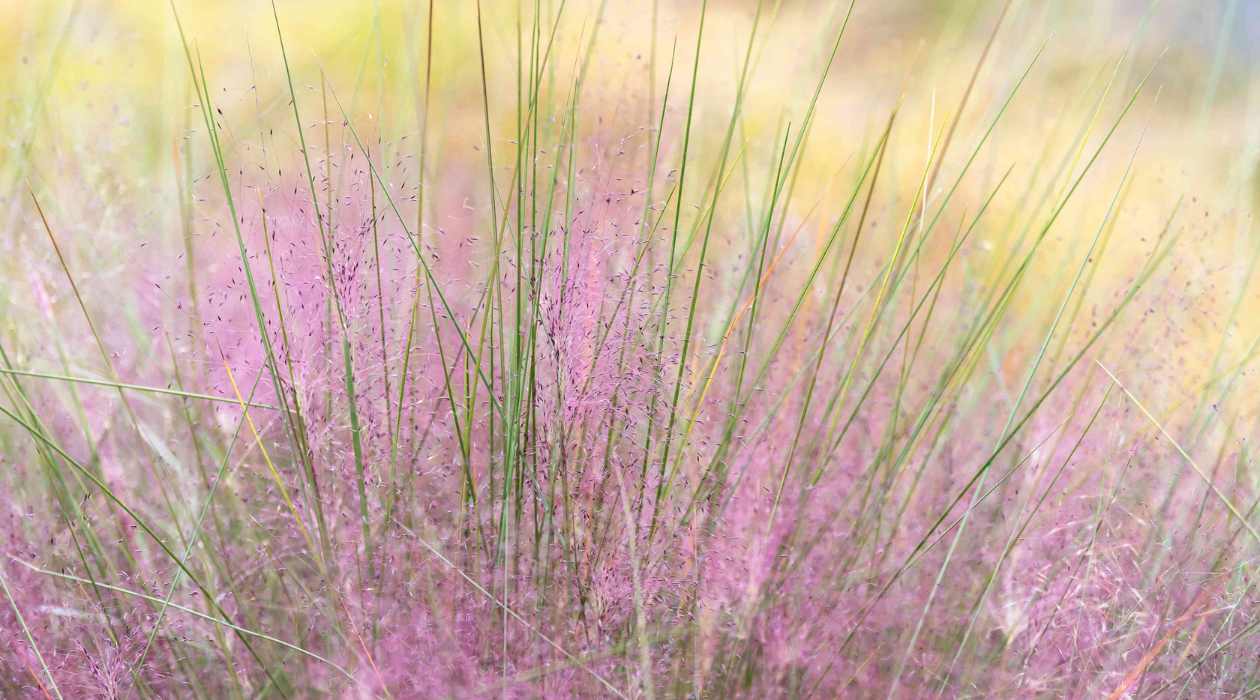
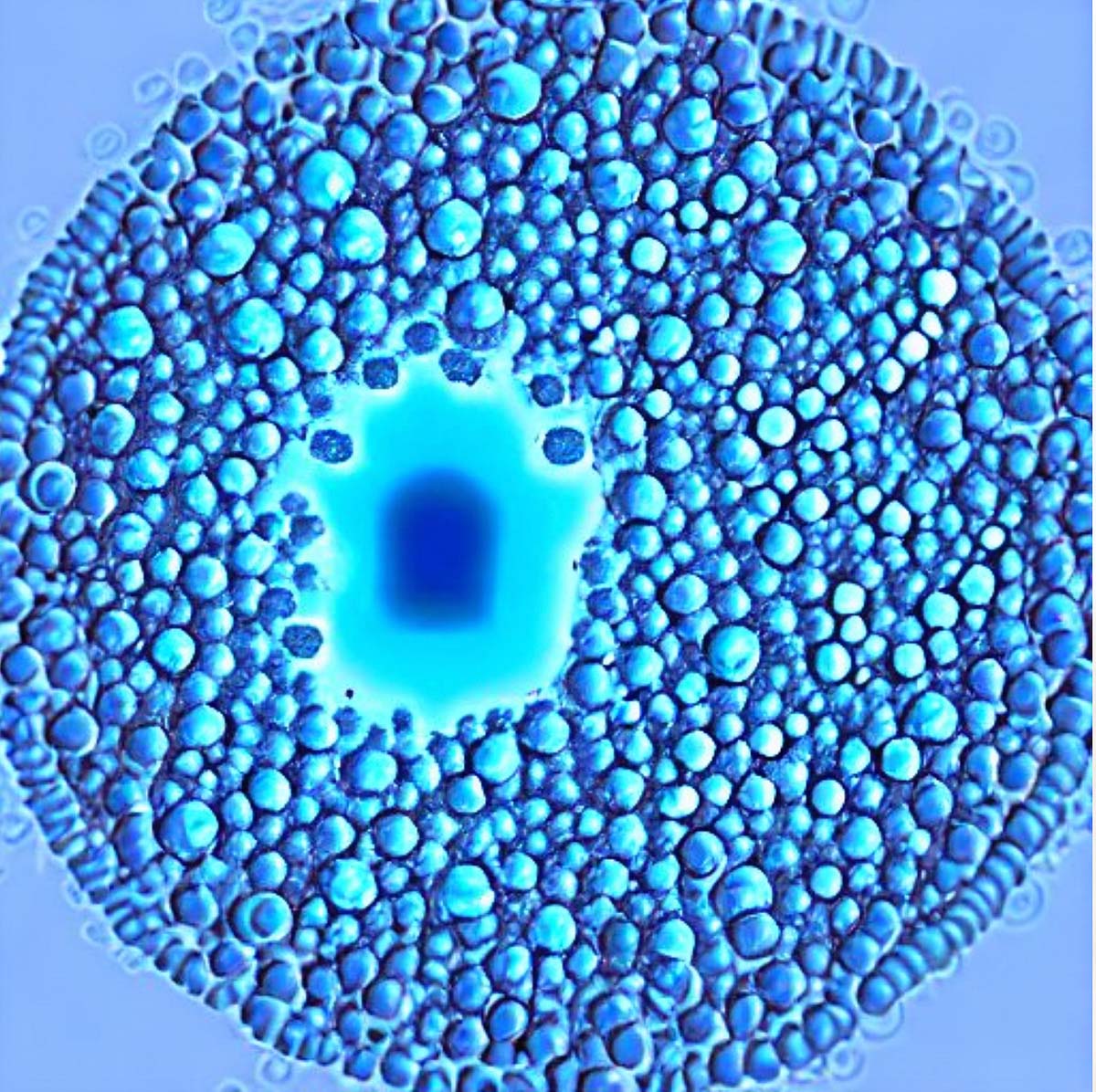
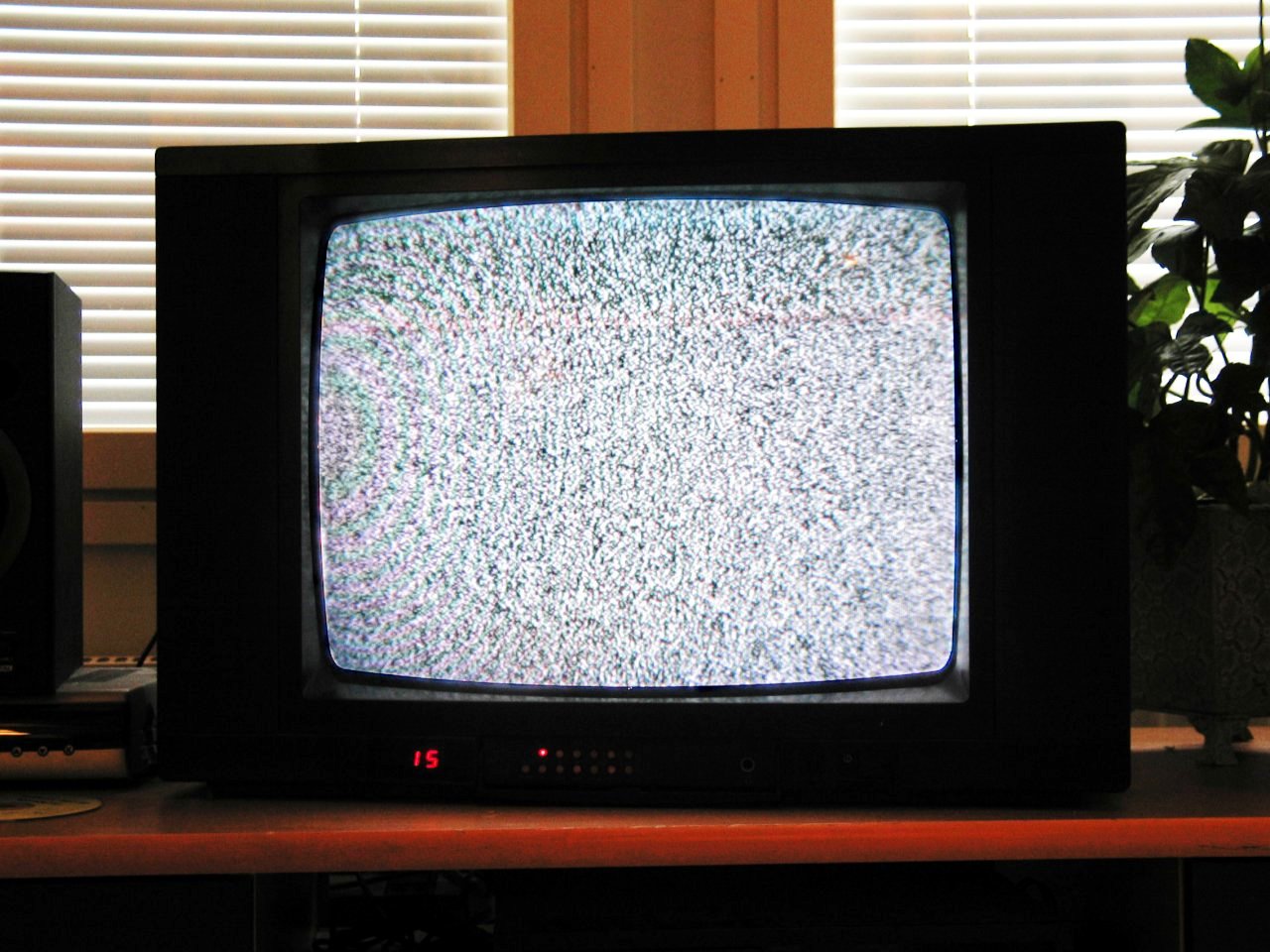


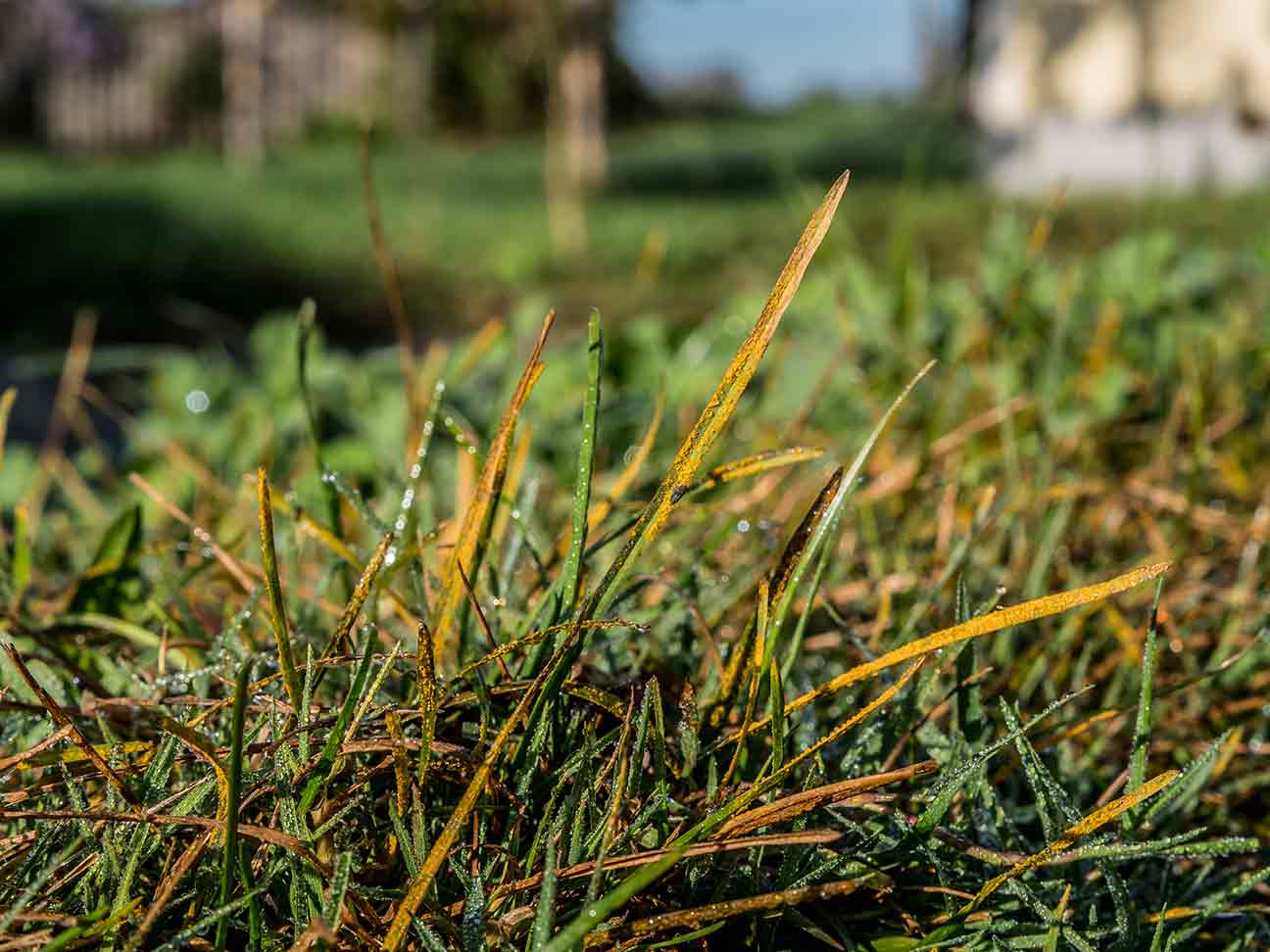

0 thoughts on “What Causes Brown Spots On Lawns”